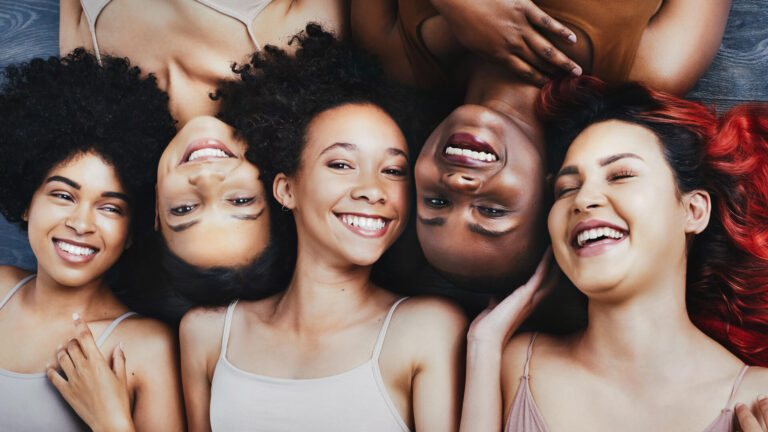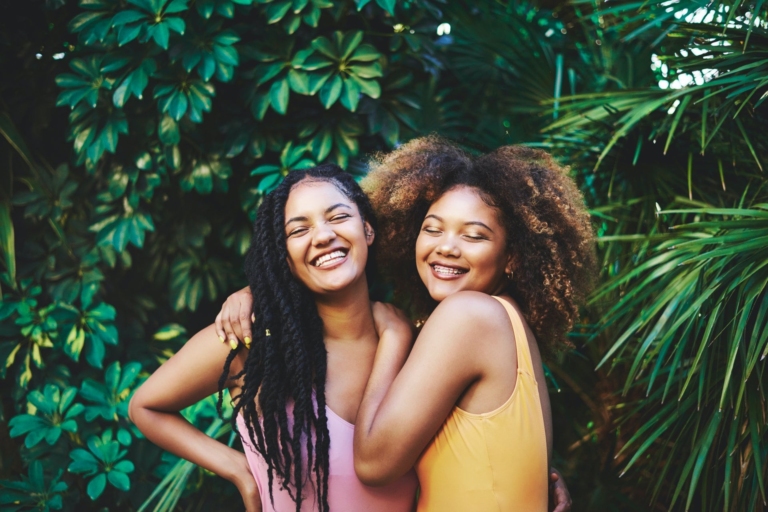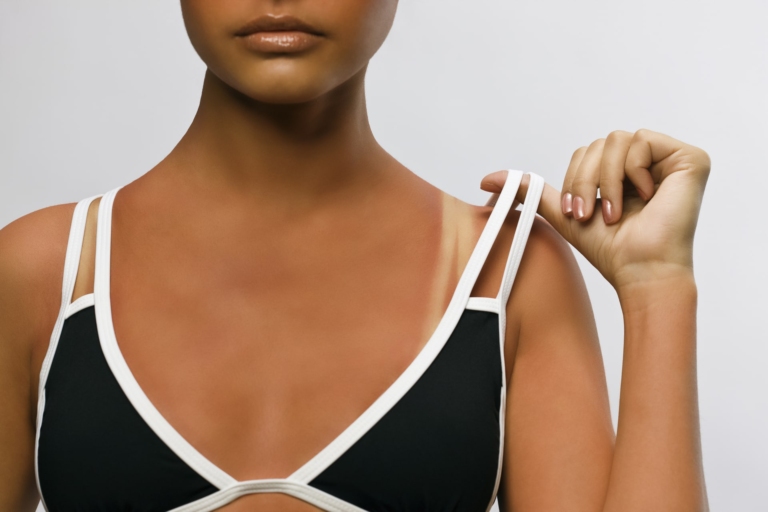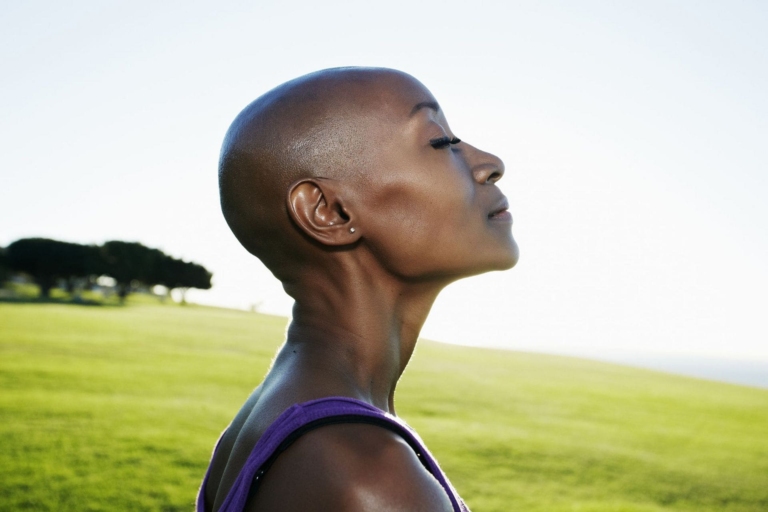Dandruff in the hair
Dandruff is a disease, and simply using a specialized shampoo is often not enough to treat it effectively.
What’s more, such shampoos can dry out the hair and have no beneficial effect on its appearance.
The fight against dandruff must therefore be supported by natural products and hair cosmetics, which not only facilitate treatment, but also have a positive effect on the scalp and hair appearance.
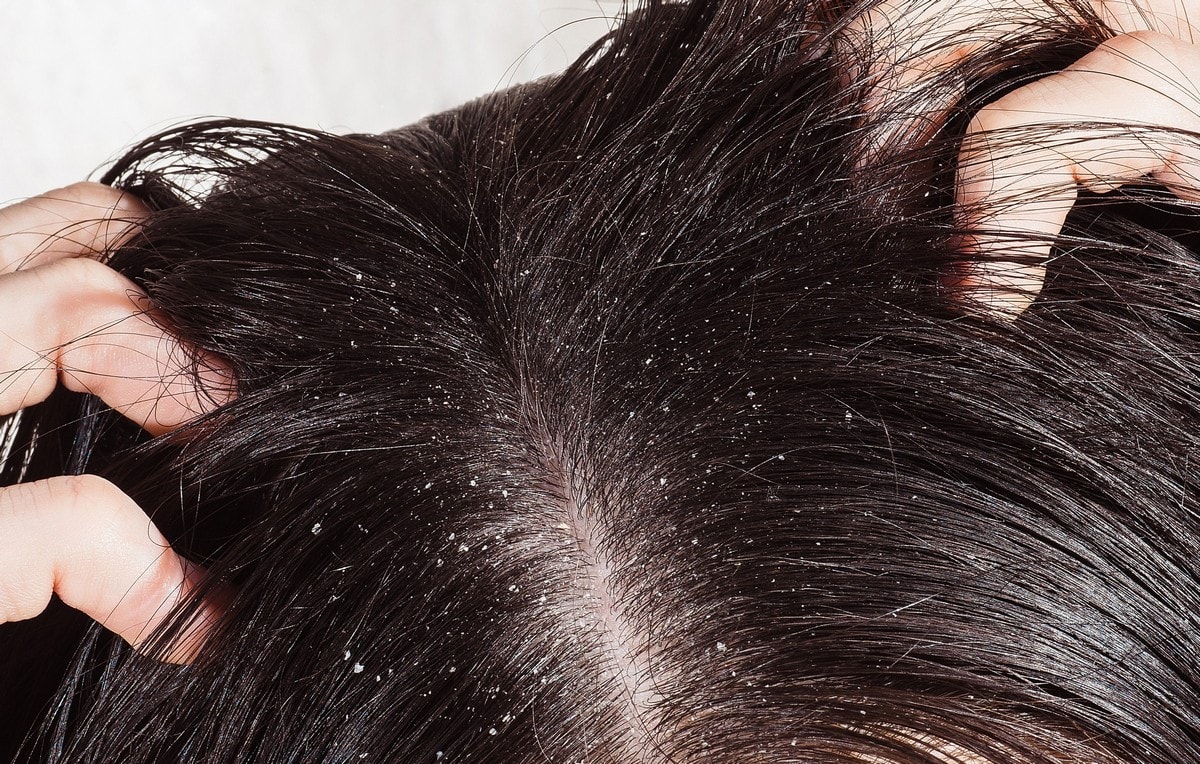
What causes dandruff?
Dandruff is a dermatological condition of the scalp characterized by fine dandruff associated with more or less intense seborrhea.
It’s a chronic and, unfortunately, recurring condition, which means that the fight against dandruff is a long-term one, and usually, just when you think you’ve won, the problem returns.
The Malassezia fungus (Pityrosporum ovale) is responsible for the formation of dandruff.
The fungus is present in all of us and forms part of the physiological flora of the scalp.
On a healthy scalp, it makes up around 45% of the microbiological flora, and when it’s gone, there’s no dandruff problem.
Also read: Oily hair: The natural solution
Unfortunately, this fungus develops rapidly when there is excess sebum on the skin.
So, if we have an oily scalp problem, we usually also have a dandruff problem.
Light dandruff often leads to dry dandruff, while heavy dandruff leads to oily dandruff.
Other causes of dandruff are related to our health and lifestyle, as well as to the skin care products we use to treat dandruff.
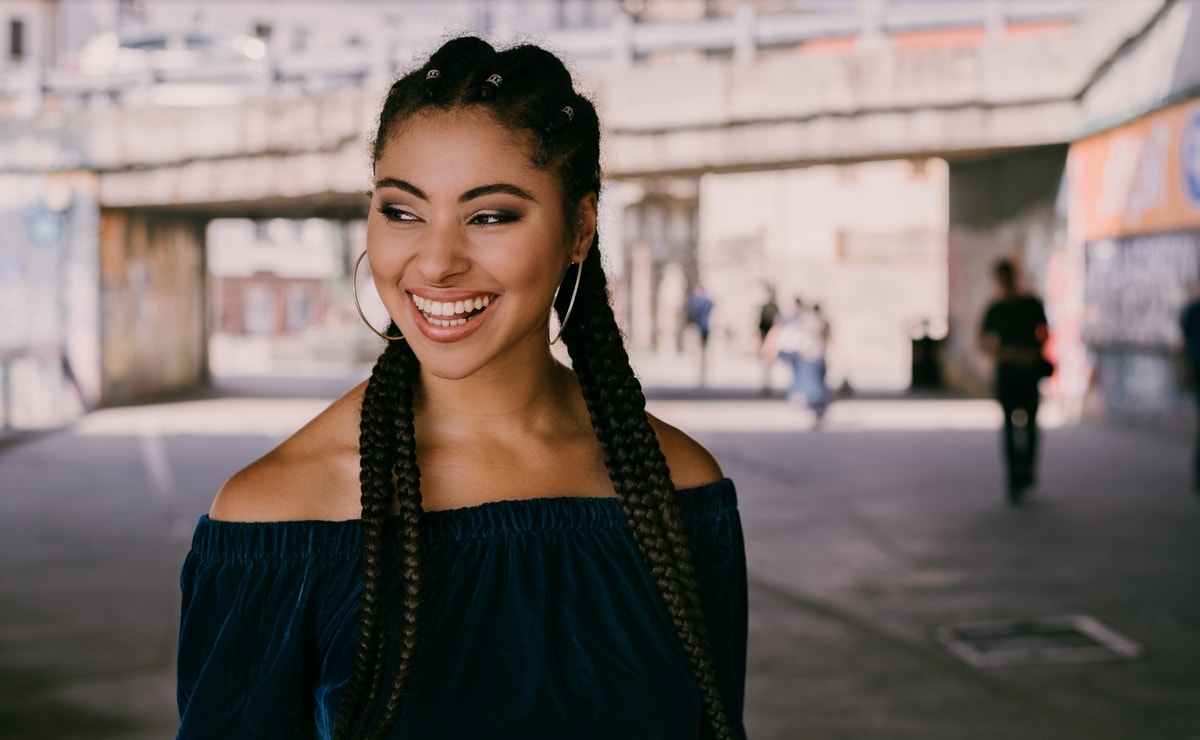
The following factors can contribute to the appearance of dandruff
- Stress
- Hormonal disorders
- Weakening the body
- Washing your hair too frequently
- Poor diet and excessive sugar consumption
- Insufficient cleansing of the scalp of styling product residues
- The use of powerful detergents, which irritate the scalp’s natural protective barrier
- Excessive use of styling products such as hairsprays and styling foams
Very often in Quebec, dandruff appears on the head in winter when we stay in a too-warm environment and wear a cap made of artificial fibers, under which the skin can’t breathe freely.
What can help fight dandruff?
In many cases, treating dandruff requires a visit to the dermatologist and specialized treatment.
Fortunately, in milder cases, we can help ourselves by using home treatments, also based on the use of natural skincare products.
The key to combating dandruff is to inhibit micro-organisms and regulate the sebaceous glands.
Appropriate nutrition and care are no less important.
These are supported by antifungal products, cosmetics and natural skin care products.
Anti-inflammatory, antifungal and antiseborrheic ingredients should be sought in anti-dandruff products.
It is important that they also have a keratolytic effect, which facilitates the softening and elimination of scales that remain on the skin.

Natural methods to combat dandruff
Probably, in the fight against dandruff, nothing can replace a specialized dandruff treatment, in which a powerful shampoo with antifungal properties will have to be used.
However, dandruff treatment must be accompanied by appropriate scalp and hair care, in which a key role will be played by natural cosmetics and care products.
How to get rid of dandruff naturally?
When you have dandruff, it’s very important to wash your hair frequently to avoid the build-up of sebum on the skin, which is a nutrient for fungi and contributes to their growth.
In addition to a medicated shampoo, it is advisable to choose a shampoo with a gentle effect on the scalp.
Don’t forget that medicated shampoos can over-dry the scalp, which is not only bad for your hair, but can also contribute to irritating the scalp’s natural protective layer and causing overproduction of sebum.
Incorporating a second shampoo containing gentle botanical ingredients will help maintain the skin’s balance and keep it clean.
When washing your hair, also remember not to pour hot water on the skin, wrap your head in a towel for too long, or dry your hair with a hot hairdryer.

Scalp scrub
A gentle sugar scrub will help remove dead skin and persistent flakes, soothe irritation and oxygenate the roots.
Green clay and Moroccan clay can also be used to cleanse the scalp.
Clay applied to the scalp as a mask cleanses the scalp and dries out excess sebum.
Conditioner
Using conditioners won’t treat dandruff, but it will help care for your hair.
However, it’s important to remember that all conditioners and masks should be applied to the hair from the ear upwards, not on the scalp.
Nevertheless, conditioning not only concerns masks, but also lotions, which may be even more important than therapeutic shampoos for hair care.
Read also: biotin and (its drawbacks)
Nourishing scalp treatments help slow down sebum formation, regulate moisture content and relieve inflammation and irritation.
They are therefore indispensable in the fight against dandruff.
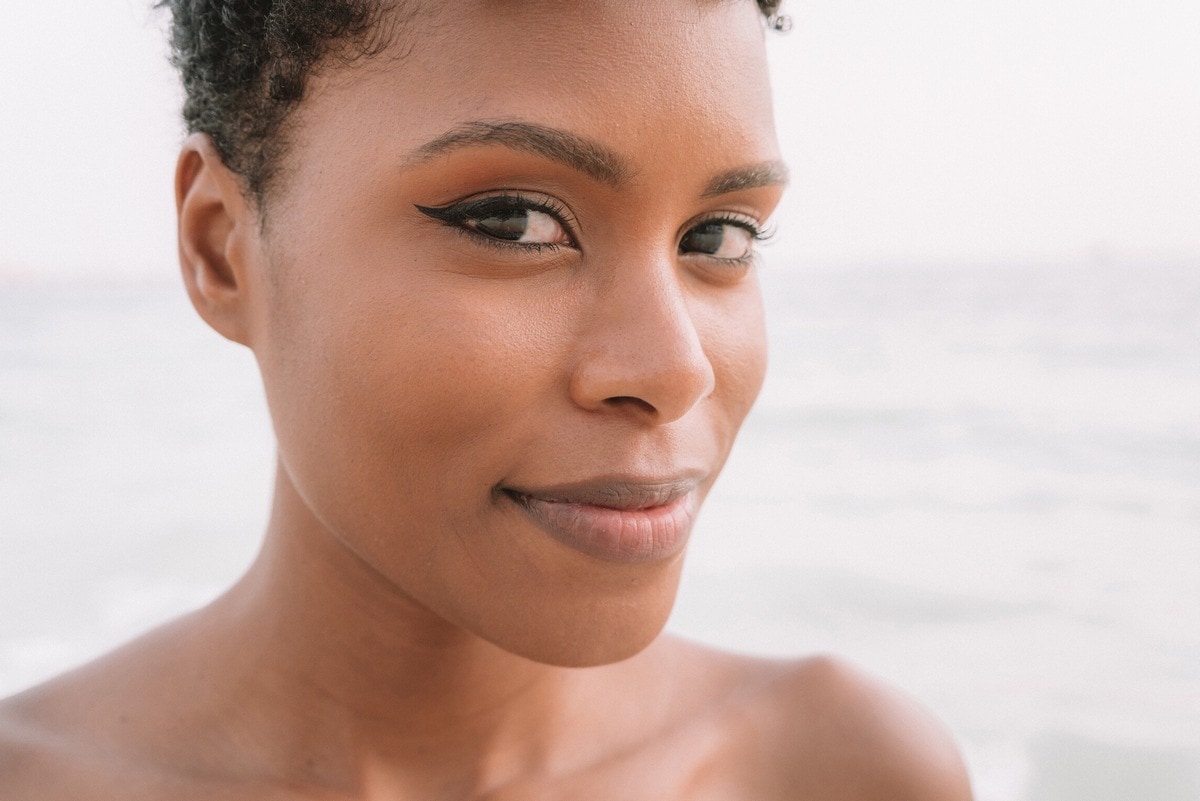
Hair oil
One of the most common hair care myths is that oils make the scalp greasy.
Not only do correctly applied plant oils not make the scalp greasy, they also help regulate sebum levels and combat dandruff. To combat dandruff with a hair oil, remember not to keep the oil on your head for too long.
Half an hour before shampooing is sufficient.
As well as using oils to treat dandruff, it’s a good idea to use pure vegetable oils and infuse them with essential oils with anti-inflammatory and anti-seborrheic properties.
Oils that work well against dandruff include castor oil, coconut oil, jasmine oil, cumin oil and bay leaf oil.

Your diet and dandruff
Diet is also very important in the elimination of dandruff.
Make sure it’s rich in B vitamins, zinc and essential fatty acids.
Products to include in your menu are sunflower seeds, pumpkin seeds, nuts, fish, wholemeal bread, fresh fruit and vegetables, vegetable oils and eggs.
You should also limit the amount of sugar in your diet, as it promotes the growth of fungi.
It’s also worth remembering that dandruff, like all diseases caused by fungi, can be transmitted to other people.
And treatment, albeit long-term, may be possible.
“One of my biggest dreams is that my company will be able to change the course of one family’s life, one child at a time by giving back to the community.”


